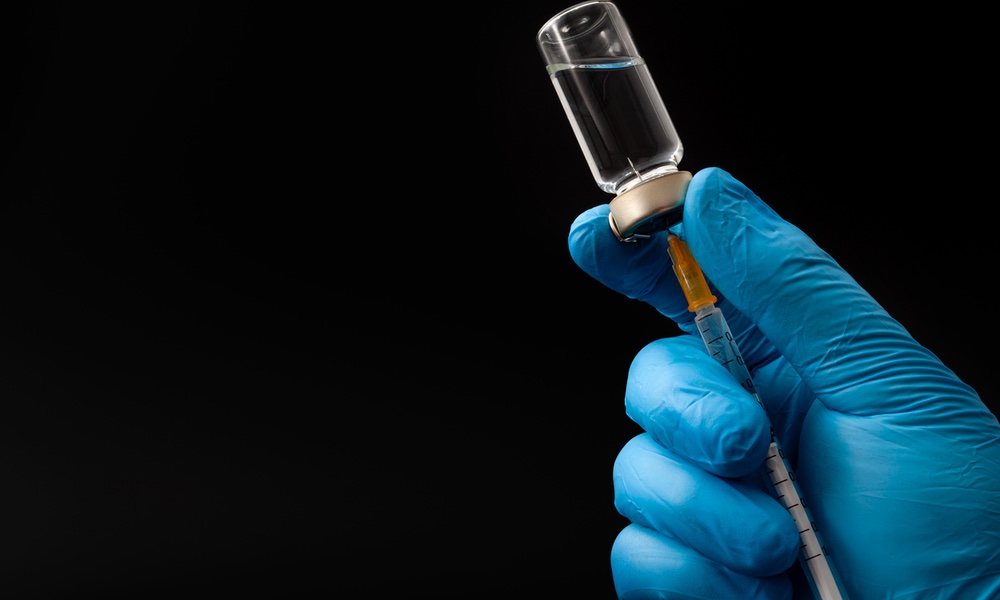The number of children diagnosed with autism spectrum disorders (ASDs) has risen dramatically over the last two years — now 1 in 68 U.S. children. Many of these cases can be attributed to several genetic mutations, but studies have also shown that in some children environmental influences still play a role.
Fathers over the age of 40 and mothers over the age of 35 carry an increased risk of having a child with autism. But it has been unclear whether this increased risk is due to a greater number of genetic mutations in these older parents or their greater exposure to environmental influences over the years.
To determine the answer, researchers at the Albert Einstein College of Medicine gathered 47 children with autism and 48 undiagnosed children who had been born to a mother over the age of 35. The subjects included many minority children from the Bronx, as well as children from Chile and Israel.
Although autism is thought to arise from abnormalities within the brain, taking brain cells from the young subjects was, of course, not an option.There were no significant differences in chromosome number or chromosome structure in cells from children with or without autism. They did find, however, evidence that environmental influences might affect genes and influence the development of autism.
Instead, the scientists focused on a type of skin cell that is produced early during embryonic development and derives from the same precursors as brain cells. These buccal epithelial cells line the cheek and can be easily and painlessly harvested with a small brush.
Once the cells were extracted, the scientists analyzed them for both genetic and environmental effects. For the genetic effects, the researchers searched for alterations in the cells’ chromosomes, the structures that carry the cell’s host DNA.
To their surprise, there were no significant differences in chromosome number or chromosome structure in cells from children with or without autism. They did find, however, evidence that environmental influences might affect genes and influence the development of autism.
To check for environmental effects, the scientists analyzed the cells’ “epigenome,” chemical alterations in genes that are found outside the DNA structure. The researchers specifically looked for the presence of chemicals from the environment — methyl groups — that bind to DNA and control whether a gene is turned on or turned off.
The scientists found that two groups of genes with a significantly higher number of bound methyl groups in epithelial cells of children with autism, compared to cells from undiagnosed children. These genes encode for proteins that are expressed in the brain and are critical for nerve transmission.
“Although much more work is needed, our study reveals a plausible way that environmental influences — which we know are important in ASD — might be exerting their effects,” said John Greally, professor of genetics, medicine and pediatrics at Albert Einstein College of Medicine and senior author of the study.
This study was published in the journal, PLOS Genetics.




